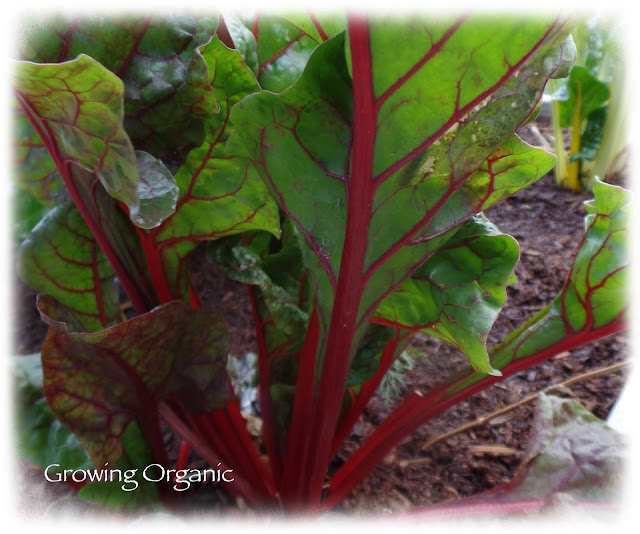One of my goals this year is to redo my landscape beds. As trees and shrubs have matured, light and water requirements have changed in my landscape. Basically my yard needs a face lift. Late summer I removed unwanted plants and am excited to plan out new designs. Of course I am having an extreme deer problem so I may not have much luck with any plantings this spring; nevertheless, winter is a good time to plan and purchase materials needed to spruce up your landscape and garden.
One of the most beneficial and time saving cultural practices in both the landscape and the garden is mulching. Mulching results in a healthier garden whether a flower bed or vegetable bed. Bare soil is not a gardener's friend so the solution is to mulch.
There are 2 types of mulches: organic and inorganic. Organic mulches include anything that was formally living such as wood chips, shredded bark, lawn clippings, straw, chopped leaves, pine needles, compost, or sawdust. Inorganic mulches would be landscape fabric, plastic, synthetic bark, or stone.
Before discussing the various types of mulch, lets look at why the cost and labor of mulching is worthwhile.
Benefits of Mulch:
- Conserves moisture by preventing evaporation
- Maintains soil temperature. Mulches act as insulators keeping soil warm in winter and cool in summer.
- Reduces soil erosion and compaction from heavy rains.
- Reduces annual weeds. If the mulch is weed free to start with and applied properly it prevents germination of weed seeds.
Added benefits of Organic mulches:
Because organic mulches are derived from living materials they continue to decompose and improve the soil they cover in a number of ways.
- The organic mulch provides food for soil microorganisms. The microorganisms are vital in building your soil.
- Improved soil structure which results in improved root growth. Microbial organisms secret a substance that binds soil particles together creating pathways for oxygen, water, and root penetration.
- Mulches reduce soil temperature fluctuation. Even temperatures allow microbial activity to continue at an even rate.
Your choice of mulch depends on where you are using it. In the landscape mulches need to be appealing and help with weed control. In the garden mulches are added to build and benefit the soil.
Compost is the best choice for the vegetable garden. Other options would be chopped leaves, weed- free straw or hay, or dried grass clippings.
Decorative wood chips or shredded bark on top of landscape fabric would work well in flower beds and around trees and shrubs or even pathways.
Decorative wood chips or shredded bark on top of landscape fabric would work well in flower beds and around trees and shrubs or even pathways.
Looks, longevity, site, and price will all be a factor in choosing a mulch.
Applying Mulch
There are no hard fast rules on how deep to apply a mulch. You do want to consider the type of soil you have. Sandy soil needs a thicker layer than clay soil. A good rule is 1-2 inches. In a landscape situation to control weeds 3-4 inches is the minimum.
The density of the mulch also will determine how thick you can apply it. The courser and airier the mulch the thicker it can be applied.
Apply mulch thicker between plants. Do not apply the mulch right up to the bark of trees and shrubs this can harbor pests and disease. Wet mulches against flower or vegetable stems can cause rot.
Some confuse the term mulch and compost. Compost is a mixture of decomposed matter. It can be worked into the soil. When it is added on top of the soil it is referred to as a mulch.
Using compost as a mulch has many benefits:
- Prevents some weed seeds from germinated and makes it easy to pull those that do pop up
- Keeps the soil cool and moist cutting down on water needs
- Compost does add some nutrients to the soil but is not a substitute for fertilizers.
- Encourages earthworm and microbe activity which improves the tilth and structure of the soil
- Keeps dirt from splashing up on plants reducing soil borne diseases
- Prevents the freezing then thawing of the soil which causes plants and seeds to heave from the soil.
Cautions about mulching:
Stone mulch heats up considerably and can burn the leaves and structures it touches. Stone also does not decay and improve the soil. Its difficult to pull weeds from and to rake leaves out of.
Wood based mulches will temporarily tie up nitrogen in your soil. The microorganisms pull nitrogen from the soil to decompose the wood. You can reduce this effect by first applying a high nitrogen fertilizer such as cottonseed meal, blood meals or a manure.




